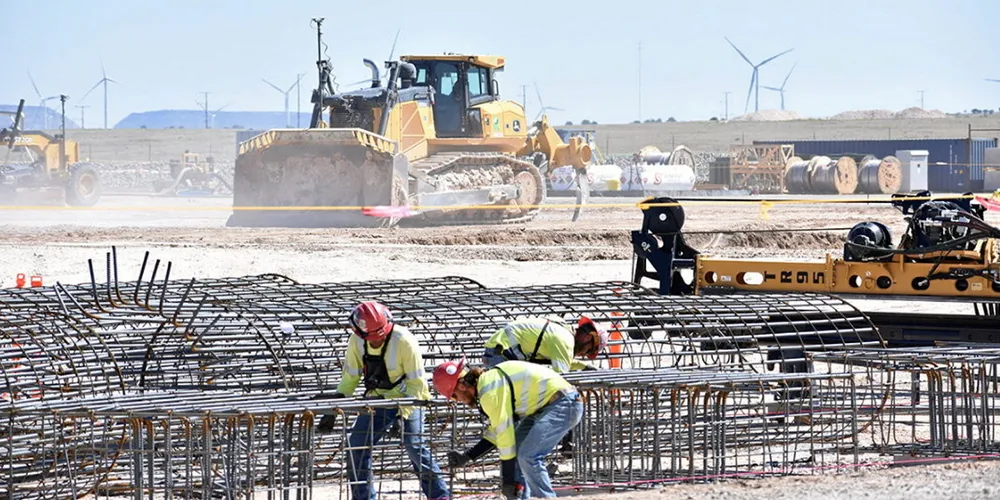US tribal groups bid to stop ‘reckless’ $10bn power line for SunZia wind mega-project
US government ignored ‘myriad concerns’ over route for planned power line in favour of cheapest option for developer, it is argued

Tribal groups have thrown a spanner in the works for the largest-ever US clean energy project as they launch a court bid to block a transmission line being built through a valley of huge cultural significance to them.
The Tohono O’odham and San Carlos Apache tribes filed a legal challenge in an Arizona district court last week accusing the US government of failing to recognise “overwhelming evidence of cultural significance” of the San Pedro Valley in Arizona.
However, the two tribes and the Center for Biological Diversity and Archaeology Southwest, co-signatories to the suit, allege the US Bureau of Land Management (BLM) granted permission for building through San Pedro Valley based on a “deeply flawed” consultation process.
The BLM “failed to accurately locate and identify historic and cultural resources” in the valley, they argue.
The Tohono O’odham tribe says that many of its members can trace their lineage to villages along the San Pedro River that were documented by the first Spanish conquistadors when they arrived in the area in the early 1500s.
“The San Pedro Valley represents one of the most intact, prehistoric and historical period, cultural landscapes in southern Arizona, if not the whole Southwest,” the claimants argue.
“More than 10,000 years of tightly coupled human and natural history” centred around the flow of the river have made the valley a “perpetual home for many Tribes that possesses extraordinary cultural, religious and archaeological significance.”
This significance is not rooted in “isolated spots,” they say, but “in the area as a whole".
The claimants say that they and other groups “repeatedly alerted” the BLM to the presence of significant historic and cultural resources along the planned transmission route after a notice of intent to prepare an environmental impact statement was issued in 2009.
But despite “myriad concerns” raised in the following years by the plaintiffs they allege the BLM failed to engage in “meaningful consultation” and rather “kicked the proverbial can down the road.”
In a statement issued yesterday, Archaeology Southwest said it would “in the words of Tohono O’odham Nation Chairman Verlon Jose, ‘Use all lawful means to oppose this reckless powerline.’”
John Welch, director of Archaeology Southwest’s landscape and site preservation program, said that the BLM had “embraced the SunZia owners’ preferences and approved the route least costly to the owners and most harmful to the San Pedro Valley,” as well as the people who rely on it for sustenance and “senses of place, security, and belonging.”
"Construction is well underway on this historic renewable energy project, designed to parallel existing infrastructure in the San Pedro Valley region to help minimize impacts, that will bring clean power to three million Americans and help the country meet its decarbonisation goals."
"It is unfortunate and regrettable that after a lengthy consultation process, where certain parties did not participate repeatedly since 2009, this is the path chosen at this late stage."
The BLM declined to comment on the litigation.